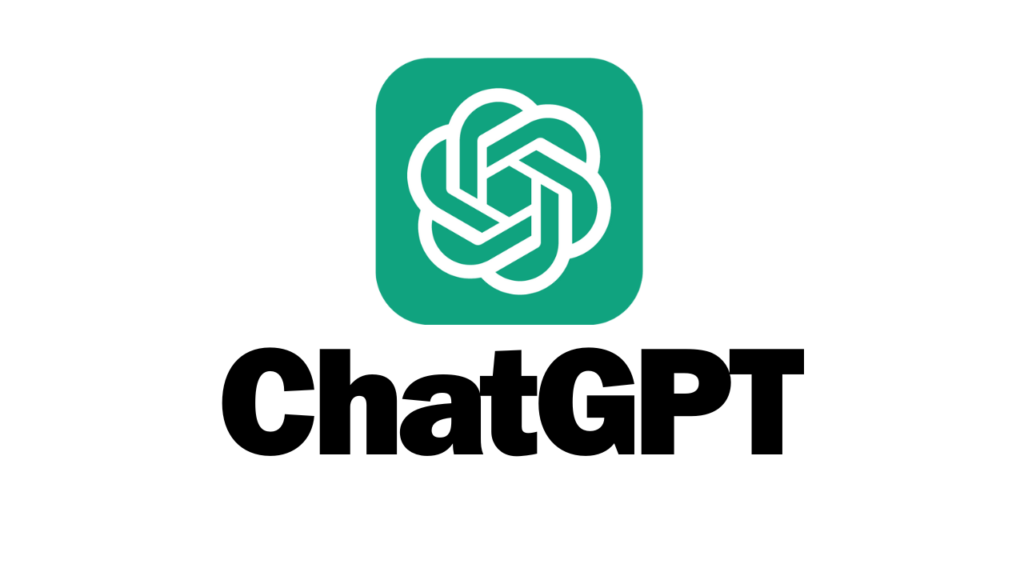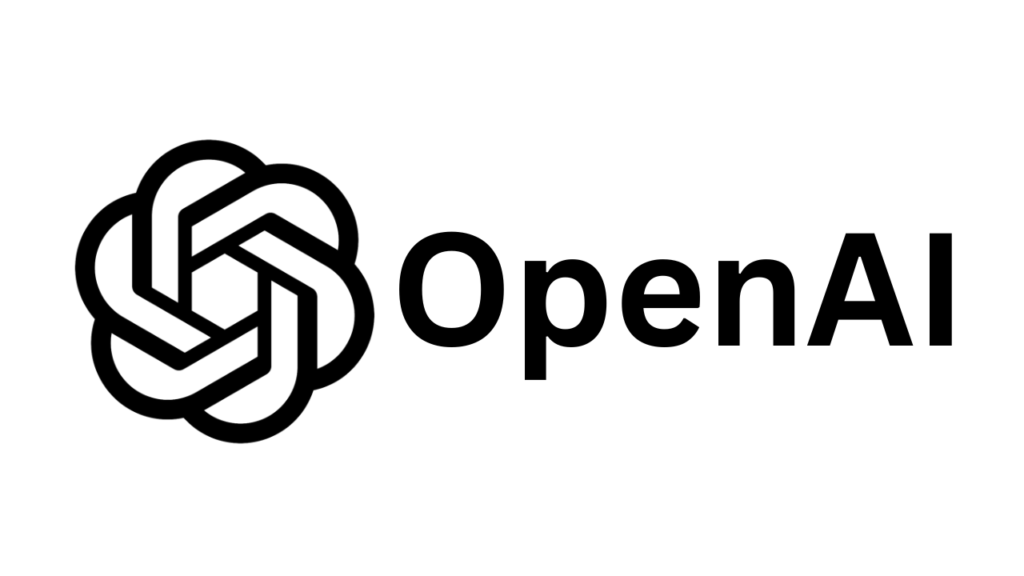
What is ChatGPT?
ChatGPT is a large language model chatbot developed by OpenAI and launched in November 2022. It’s designed for engaging in human-like conversations and interacting with users in a variety of ways.
Table of Contents
Capabilities
- Conversational: ChatGPT can hold open-ended, informative, and even witty conversations on a wide range of topics. It can adjust its style and tone to match the context and user preferences.
- Informative: ChatGPT can access and process vast amounts of information, allowing it to answer questions in a comprehensive and informative way. It can also generate different creative text formats, like poems, code, scripts, etc.
- Task-oriented: ChatGPT can assist with various tasks, such as composing emails, essays, and code. It can likewise be used for brainstorming ideas or captivating notes.
- Customizable: Users can control the length, format, style, and level of detail of ChatGPT’s responses. This allows for tailored interactions and personalized experiences.
Underlying technology
ChatGPT is a large language model chatbot established by OpenAI and launched in November 2022. It’s designed for engaging in human-like conversations and interacting with users in a variety of ways. Here’s a breakdown of its key geographies
Current status:
ChatGPT is still under development, but it’s already gained significant popularity for its ability to have engaging and informative conversations. OpenAI continues to improve the model and add new features.
Comparison to me:
Both ChatGPT and I are large language models capable of complex conversations and tasks. Though, there are some key changes. ChatGPT is primarily focused on conversational AI, while I have a broader range of capabilities, including translation, writing different kinds of creative content, and answering your questions in an informative way, smooth if they are open-ended, stimulating, or strange. Moreover, I am constantly learning and updating, determined to provide the most precise and helpful information likely.
ChatGPT 4
ChatGPT 4 is a bit of a mixed bag right now, and there’s some important information to unpack:
What exists
OpenAI hasn’t officially released ChatGPT 4 to the public. Currently, only the original ChatGPT, powered by GPT-3.5, is publicly available.
OpenAI announced GPT-4, a more advanced language model, in March 2023. However, access to GPT-4 is limited to select researchers and institutions due to its experimental nature.
Some speculate that OpenAI might eventually integrate GPT-4 capabilities into ChatGPT, creating a “ChatGPT 4”. Though, this is purely speculation and there’s no authorised authorization from OpenAI.
Key differences to expect (if/when it releases)
- Enhanced capabilities: GPT-4 boasts significant improvements in factual accuracy, reasoning, and problem-solving compared to GPT-3.5. This could translate to more reliable and impactful interactions in ChatGPT 4.
- Multimodal input: GPT-4 can handle both text and image inputs, potentially enabling richer and more interactive experiences in ChatGPT 4.
- Safety focus: OpenAI emphasizes increased safety measures in GPT-4, aiming to mitigate potential biases and harmful outputs. This could lead to more responsible and controlled interactions in ChatGPT 4.
Overall
ChatGPT 4 holds exciting potential for the future of AI-powered conversations. However, it’s crucial to remember its current limited availability and the lack of confirmed integration with ChatGPT itself. Stay adjusted for official updates from OpenAI, and I’ll do my finest to keep you knowledgeable.

ChatGPT 3.5
ChatGPT 3.5, while not directly accessible at this point, provides the foundation for the publicly available ChatGPT we interact with today. Here’s a breakdown of its significance:
Its role in ChatGPT
ChatGPT 3.5 is a specific iteration of the GPT-3 language model series (the 3.5 series), trained on a massive dataset of text and code. It forms the core technology behind ChatGPT’s ability to understand and respond to language in a conversational way.
OpenAI fine-tuned GPT-3.5 to create ChatGPT, focusing on its conversational capabilities and adapting it for user interaction. This involves adjustments to the model’s training data and response generation techniques.
Key features of GPT-3.5 (reflected in ChatGPT)
- Open-ended conversation: ChatGPT can engage in extended conversations on diverse topics, adapting its tone and style to match the context and user preferences.
- Information access: GPT-3.5’s extensive training enables ChatGPT to access and process vast amounts of information, allowing it to answer questions comprehensively and factually.
- Creative potential: ChatGPT can generate different creative text formats like poems, code, scripts, etc., adding flexibility and personalization to interactions.
- Task assistance: ChatGPT can be used for various tasks such as composing emails, essays, and code, demonstrating its practical applicability.
Comparison to other models
GPT-3.5, and hence ChatGPT built upon it, is known for its conversational fluency and engaging personality. Compared to other large language models with similar capabilities, ChatGPT might prioritize dialogue and user interaction to a greater extent.
Limitations (applicable to ChatGPT as well):
GPT-3.5, and consequently ChatGPT, still faces challenges in areas like factual accuracy, reasoning, and handling complex nuances of language. OpenAI constantly works on improving these aspects.
Biases and potential ethical concerns surrounding large language models remain a topic of discussion and apply to both GPT-3.5 and ChatGPT.
Overall, ChatGPT 3.5’s contributions are significant
It laid the foundation for ChatGPT’s conversational abilities and user engagement.
Its advancements in understanding and responding to language pave the way for further developments in AI-powered communication.
ChatGPT software
It’s important to clarify about “ChatGPT software” as there are two main interpretations:
ChatGPT itself
ChatGPT is not actually a standalone software you can download and install. It’s a cloud-based service offered by OpenAI, accessible through their website (chat.openai.com).
You interact with ChatGPT directly through the website interface, providing prompts and receiving responses in a real-time chat format.
Third-party tools related to ChatGPT
Several independent developers have created tools and applications that enhance or interact with ChatGPT in various ways. These might include:
- Desktop applications: Tools offering features like automatic response continuation, customizable settings, or integration with other platforms.
- Prompt libraries: Collections of curated prompts designed to elicit specific responses or functionalities from ChatGPT.
- Analysis tools: Applications for evaluating ChatGPT’s outputs, exploring its capabilities, or identifying potential biases.
- Therefore, when you say “ChatGPT software,” it’s crucial to specify what aspect you’re referring to:
Are you interested in using ChatGPT directly through the OpenAI website?
Are you curious about external tools and applications related to ChatGPT?
Clarifying your intent will help me provide you with the most relevant and accurate information. Feel allowed to share more details around your specific interests, and I’ll be happy to leader you further!
